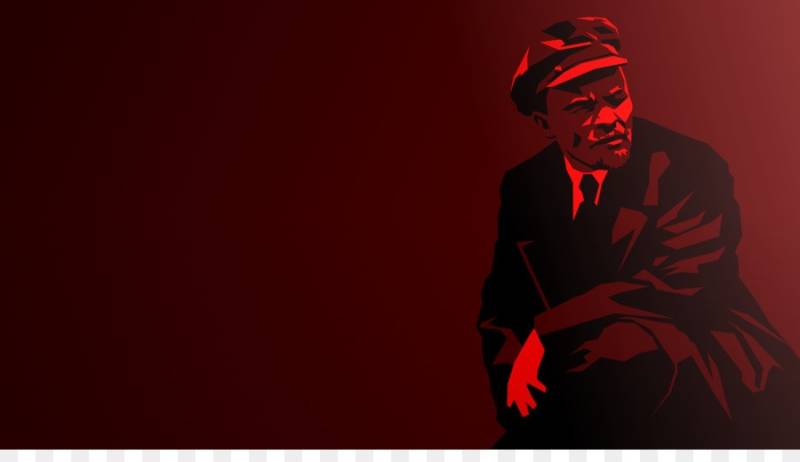On March 13, 1886 Lenin’s elder brother, Sasha decided to make a bomb and eventually attempted to kill Russian Tsar Alexander III, but he was arrested before the attack, and Sasha Ulyanov was hanged on the 20th of May 1887. After the execution Lenin continued his brother revolutionary movement. Lenin was detected by Russia secret police, whose primary aim was to silence the dissent. Lenin was hiding from the powerful Russian secret police for next sixteen years and consistently taking part in underground revolutionary activities.
Before Lenin read Marx, the biggest influence on him was of a novel written by Nikolay Chernyshevsky in which the hero is a selfless revolutionary devotee. Lenin read that novel for five times. The novel molded his character in a significant way.
Tsar Nicholas II, the son of the Monarch visited Japan where an untoward incident happened. He was attacked on the skull by Japanese citizen. He survived but the incident created prejudice in him against the Japanese and now he was sure that Japanese were inferior to the Russians and will be conquered easily in the war.
Alexander III died from disease at the age of 49, the young and inexperienced Tsar Nicholas II succeeded him. He was petrified by the death of his father and the huge responsibility of ruling a vast empire. In the first day of his rule he faced humiliation. At the coronation in Moscow in May 26th 1896, 1500 people died of stampede due to the mismanage distribution of goods by the officials. Later, on the same day at night he attended the French embassy party which infuriated the local populace.
In 1897 Lenin was apprehended by the authorities and was sent to exile in Siberia. The arrest did not stop him from carrying his revolutionary activities. His exile ended in 1900. Russian Tsar at that time did not considered Lenin as a serious threat as he was surrounded by Germany in the West and Japan in the East. The war with Japan started in 1904. Japan’s surprising success in the war fueled unrest in the Russian society and ultimately resulted in the mass uprisings in 1905. The response of Russian troops to the public unrest was brutal and Russian soldiers opened fire on protestors. The brutal episode badly affected Tsar’s reputation. Moreover, on the external front a peace treaty brokered by American President Teddy Roosevelt was signed with Japan.
In the wake of continuous uprisings Nicholas II establish a parliament called Duma. But it was flawed and the Tsar could veto any legislation. Furthermore, Russian defeat in the war against Japan fuelled resentment in the masses about their autocratic political system.
In 1905, Lenin was introduced to a Georgian named as Loseb Dzhugashvili who later, was known as Stalin. At first Lenin was not impressed and hardly noticed him. But later on Lenin regarded Stalin as useful who never refuses to do anything. On the other hand Nicholas II invited Rasputin to treat his ailing child, which he successfully treated. But Rasputin presence in the imperial palace spread rumors in the whole of Russia and the most popular of them was the alleged affair between Tsarina and Rasputin. Although, in 1903 things were becoming better for the Romanovs as they celebrated 300 years of Romanov rule.
In June 1914, Archduke Ferdinand was assassinated by Serbian national in Sarajevo and World War II broke out. Moreover, Tsar was hopeless that hostile Germany had to face Great Britain, France, and most probably the United States and in that case Russia will easily defeat Germany. But the situation of Russian army was horrific, there were massive desertions, morale of the troops was very low and most importantly there was no will to fight. Germans captured large tracts of Russian territory.
On 16th December, 1916 members of the ruling Romanov family decided to get rid of the Rasputin, who they believed had close relationship with the Tsarina. Rasputin was killed in a brutal way by the assassins. Massive demonstrations against Romanovs started in Saint Petersburg which eventually led to the stepping down of the Tsar Nicholas II. A power vacuum was created in Russia. Two power centers appeared, one was provisional government formed by the ministers of the Tsar and second was council of soldiers and laborers called Soviets.
Russian October revolution begun in 1917. At the start of revolution Bolshevik party members were 20,000 and in the end of 1922 they were more than 1.3 million. The rural revolution was very violent. Peasants were burning everything belonging to the bourgeois class. Lenin emerged as the strongest man in the Russia. On July 17 1917, the Romanov family was killed by Bolsheviks. Once, an ally mighty dynasty who authorized the execution of Lenin’s elder brother were no more.






